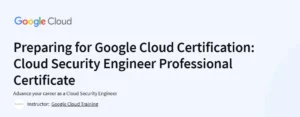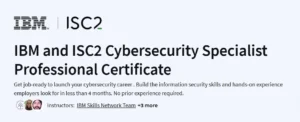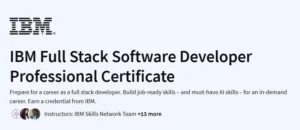What will you learn in Information Representation in Computer Systems Course
Understand how computers represent data using binary, octal, and hexadecimal systems.
Perform conversions between number systems and grasp their applications.
Explore how text, images, audio, and video are digitally encoded and stored.
Learn the fundamentals of character encoding formats like ASCII and Unicode.
Program Overview
Module 1: Introduction to Number Systems
⏳ 1.5 hours
Topics: Decimal, binary, octal, hexadecimal systems and base conversions.
Hands-on: Convert values between systems using interactive exercises.
Module 2: Binary Arithmetic
⏳ 2 hours
Topics: Binary addition, subtraction, multiplication, and division.
Hands-on: Perform arithmetic operations using binary numbers.
Module 3: Negative Numbers and Two’s Complement
⏳ 1.5 hours
Topics: Sign representation, one’s and two’s complement.
Hands-on: Implement negative binary number representations and operations.
Module 4: Floating Point Representation
⏳ 2.5 hours
Topics: IEEE 754 standard, normalized and denormalized formats, precision.
Hands-on: Practice encoding/decoding floating point values.
Module 5: Character Encoding
⏳ 1.5 hours
Topics: ASCII, Unicode, UTF-8, UTF-16, and control characters.
Hands-on: Convert text to binary using different encoding schemes.
Module 6: Image, Audio, and Video Encoding
⏳ 2 hours
Topics: Pixels, RGB, image compression, audio sampling, video formats.
Hands-on: Analyze how real-world media is converted into binary data.
Module 7: Logic and Boolean Algebra
⏳ 2 hours
Topics: Logic gates, truth tables, Boolean expressions, simplification.
Hands-on: Create logic circuits using Boolean expressions.
Module 8: Applications and Review
⏳ 2 hours
Topics: Real-world applications, summary of data representation, final review.
Hands-on: Solve end-to-end encoding scenarios and practice problems.
Get certificate
Job Outlook
Foundational knowledge required for roles in systems programming, embedded systems, and computer architecture.
In-demand for technical interviews and roles involving hardware/software integration.
Entry-level engineers and CS students benefit in terms of job readiness and academic performance.
Useful in cybersecurity, firmware development, and digital design careers.
Specification: Information Representation in Computer Systems Course
|
FAQs
- Basic math and logical reasoning are helpful, but not required.
- No programming experience is necessary; course focuses on fundamental data representation.
- Interactive exercises reinforce concepts like binary, octal, and hexadecimal conversions.
- Designed for beginners, CS students, and systems enthusiasts.
- Prior exposure to computer architecture concepts is optional.
- Yes, covers practical applications in text, image, audio, and video encoding.
- Introduces character encoding (ASCII, Unicode) for software development.
- Explains floating-point representation and two’s complement for numerical computing.
- Useful for understanding low-level programming, firmware, and embedded systems.
- Provides a foundation for roles in cybersecurity, digital design, and systems programming.
- Systems programming, embedded systems, and computer architecture roles.
- Cybersecurity, firmware development, and digital design careers.
- Beneficial for students preparing for technical interviews or academic projects.
- Provides understanding for software-hardware integration roles.
- Entry-level engineers and CS students gain strong foundational knowledge.
- Focused specifically on data representation rather than high-level programming or networking.
- Combines theory with hands-on exercises for number systems, encoding, and logic circuits.
- Emphasizes understanding how computers store and manipulate data internally.
- Limited coverage of advanced digital design or interactive media.
- Unlike general IT courses, provides deep insight into low-level data structures and binary logic.
- Yes, strong coverage of binary arithmetic, two’s complement, and logic helps in coding interviews.
- Understanding data representation aids in algorithm optimization and debugging.
- Provides practice with problem-solving exercises and end-to-end encoding scenarios.
- Useful for entry-level CS and engineering interviews.
- Builds confidence in low-level system questions commonly asked in interviews.





